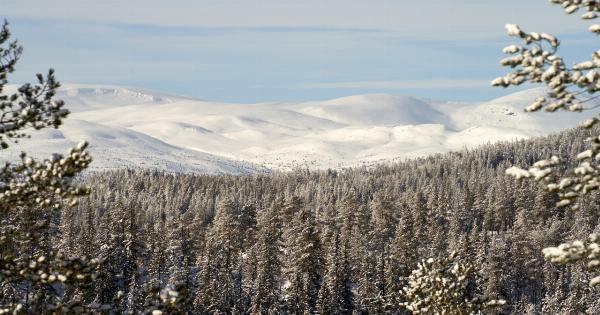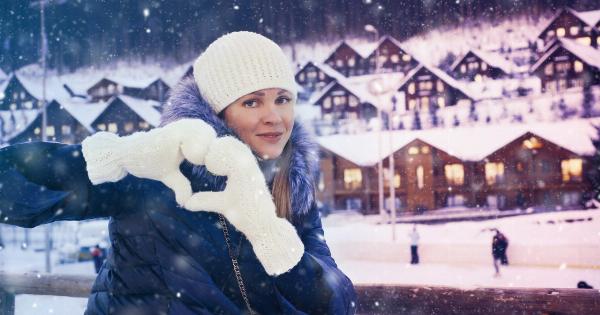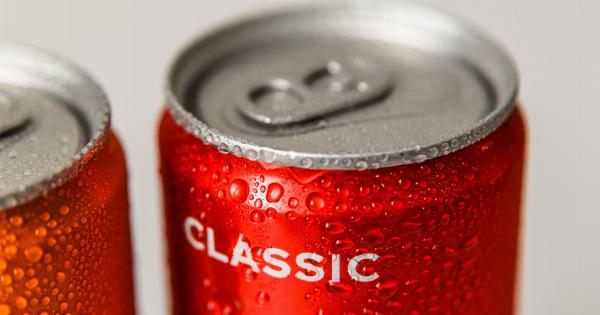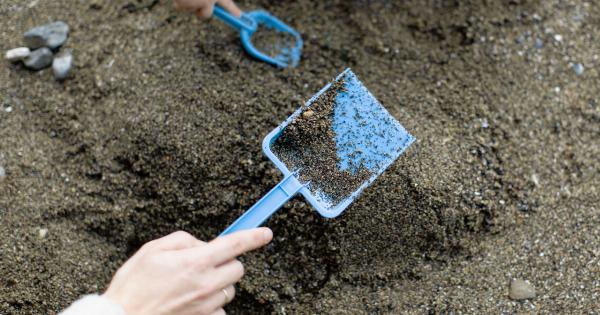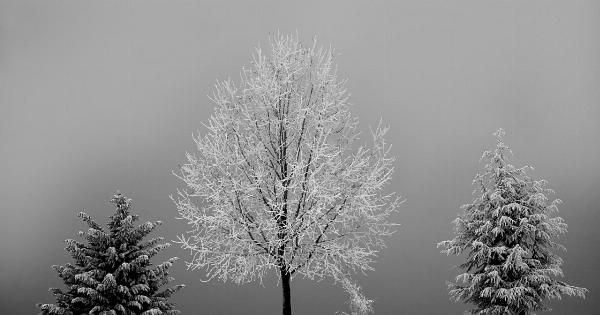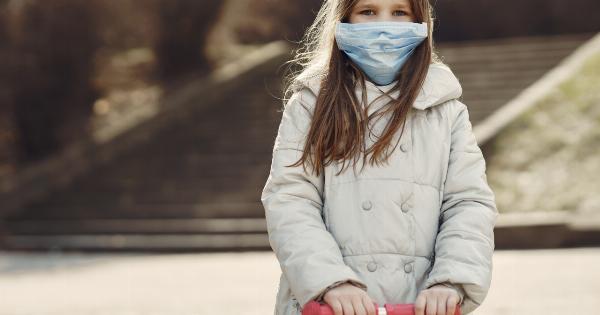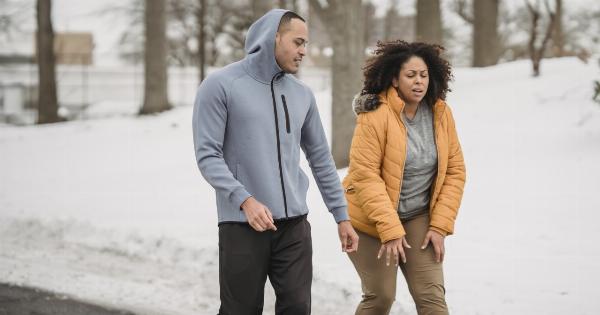When it comes to migraines, the causes and triggers are often unclear. Migraines can be debilitating, causing severe pain, dizziness, and sensitivity to light and sound.
While various factors like hormonal changes, stress, and certain foods are known to be common triggers, there is a surprising link between chill and migraines that many may not be aware of. In this article, we will explore this connection and shed light on how cold temperatures can impact migraines.
Understanding Migraines and their Triggers
Migraines are severe headaches that are often accompanied by other symptoms like nausea, vomiting, and visual disturbances. They can last for a few hours to several days and significantly affect the quality of life for individuals suffering from them.
To better understand the link between migraines and chill, it is essential to first grasp the causes and triggers of migraines.
The Chill Effect on Blood Vessels
One of the key factors that come into play when examining the link between chill and migraines is the impact of cold temperatures on blood vessels. Exposure to cold can cause vasoconstriction, the narrowing of blood vessels.
This constriction can affect the blood flow to the brain, potentially triggering migraines in susceptible individuals.
Cold Weather and Migraine Frequency
Research has shown that there is a correlation between cold weather and an increased frequency of migraines.
A study conducted by the American Migraine Foundation found that approximately 40% of migraines are triggered by changes in weather conditions, including cold temperatures. The drop in temperature can trigger migraines in individuals who are already predisposed to them, making it crucial to be aware of this potential trigger.
Winter Activities and Migraine Triggers
Engaging in winter activities like skiing, snowboarding, or even walking outdoors in cold weather can lead to migraines for those who are susceptible.
The combination of physical exertion and exposure to cold temperatures can be a significant trigger for migraines. Additionally, spending time in cold and dry environments, such as heated buildings or using central heating systems, can also contribute to the likelihood of migraines occurring.
Precautions to Minimize Cold-Related Migraines
To minimize the risk of migraines triggered by cold temperatures, certain precautions can be taken. Here are a few measures to consider:.
1. Dress Appropriately
Wearing warm clothing, including hats, scarves, and gloves, can help keep the body warm and reduce the risk of cold-related migraines.
2. Use Protective Headwear
When engaging in winter activities, using protective headwear like helmets or headbands can provide an extra layer of insulation for the head and may help avoid a migraine triggered by the combination of cold temperatures and physical exertion.
3. Stay Hydrated
Drink plenty of fluids, even in cold weather, as dehydration can increase the risk of migraines. It is important to consume adequate amounts of water to ensure proper hydration.
4. Limit Exposure to Cold and Dry Environments
Avoid spending prolonged periods in extremely cold or dry environments, as they can be significant triggers for migraines.
Ensuring proper insulation and humidity levels in living and working spaces can make a difference in preventing migraines triggered by cold-related factors.
5. Consider Migraine Medications
For individuals who experience migraines frequently or have a history of migraines triggered by cold temperatures, consulting with a healthcare professional about preventive medications may be beneficial.
Certain medications can help reduce the frequency and severity of migraines, including those triggered by cold weather.
Conclusion
While migraines have various triggers, the surprising link between chill and migraines cannot be ignored. Cold temperatures can cause vasoconstriction and affect blood flow to the brain, potentially triggering migraines in susceptible individuals.
Understanding this connection and taking necessary precautions can go a long way in minimizing the risk of migraines triggered by cold-related factors, allowing individuals to enjoy the winter season without the debilitating effects of migraines.




